With weeks still to go before the heart of fire season hits, more than 242,000 acres have already burned in California — about double the typical area for this time of year, according to statistics from the state’s Department of Forestry and Fire Protection.
The number of fires that have started so far is typical for this period of the summer, but intense early summer heat waves have dried out the landscape and raised the wildfire risk, turning a seasonal outlook that had looked relatively rosy into a major question mark.
“The wildfire situation throughout the West has continued to escalate, and unfortunately I think will escalate considerably further in the days to come,” Daniel Swain, a climate scientist at UCLA and the National Center for Atmospheric Research, said in a briefing Thursday. “The last 30 days have been the warmest period on record for a very large portion of California and the West.”
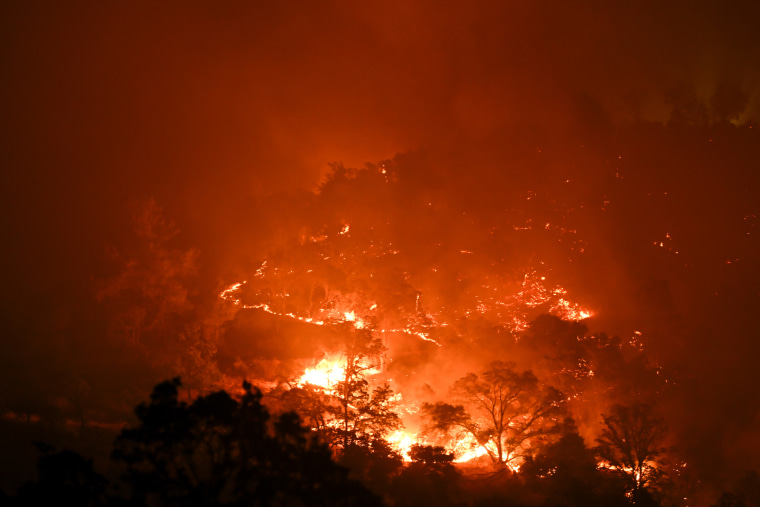 Flames from the Thompson Fire in Oroville, Calif., on July 2.Tayfun Coskun / Anadolu via Getty Images file
Flames from the Thompson Fire in Oroville, Calif., on July 2.Tayfun Coskun / Anadolu via Getty Images file 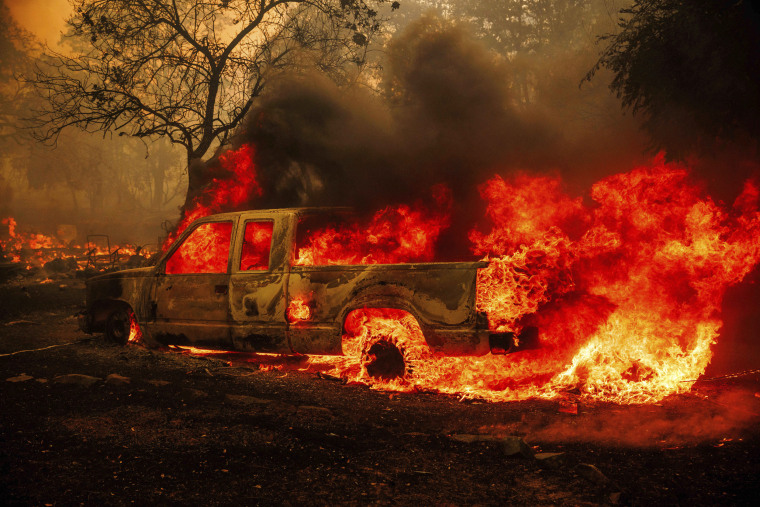 A vehicle is engulfed in flames as the Thompson Fire burns in Oroville, Calif., on July 2. Ethan Swope / AP file
A vehicle is engulfed in flames as the Thompson Fire burns in Oroville, Calif., on July 2. Ethan Swope / AP file More than 2,000 firefighters are assigned to the Lake Fire northwest of Santa Barbara, which started July 5 and took off quickly in tall grass. It has grown to more than 38,000 acres and is now 73% contained. Another 2,900 firefighters are working to control the Shelly Fire, which has burned more than 15,000 acres on the eastern side of the Klamath National Forest.
Because California experienced two consecutive wet winters, the National Interagency Fire Center had predicted modest fire activity in the state this summer and fall. But the agency upgraded its seasonal forecast this month, saying the heat had rapidly cured grasses that grew high during the rainy weather.
“We’ve had, you know, two actually really great winters where we’ve had atmospheric rivers come in and really help pull California out of drought. But the other side to that is that we now have a lot of extra grass and brush that has dried out and is ready to burn,” said Kaitlyn Trudeau, a senior research associate at Climate Central, a non-profit research organization.
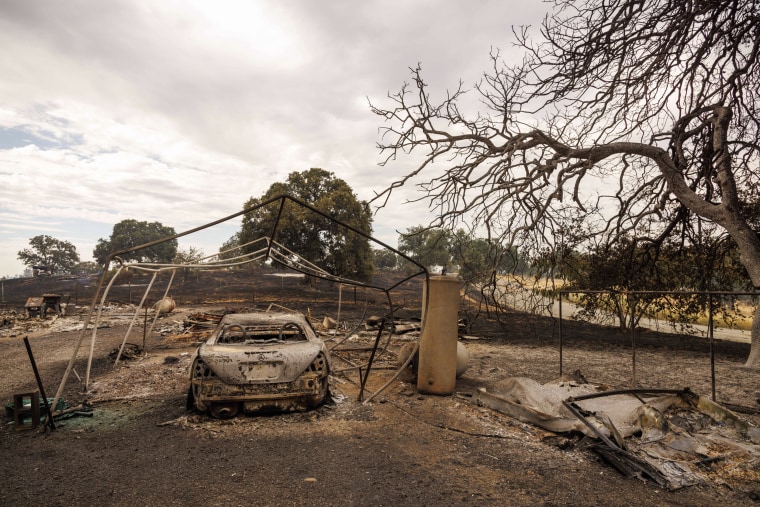 The remains of a structure and a vehicle sit as the Apache Fire burns in Palermo, Calif., on June 25. Ethan Swope / AP file
The remains of a structure and a vehicle sit as the Apache Fire burns in Palermo, Calif., on June 25. Ethan Swope / AP file 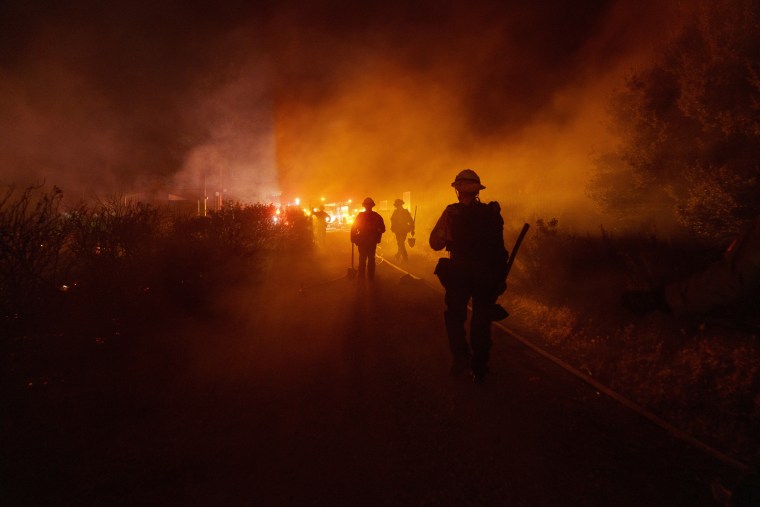 Firefighters work against the advancing Post Fire in Gorman, Calif., on June 16. Eric Thayer / AP file
Firefighters work against the advancing Post Fire in Gorman, Calif., on June 16. Eric Thayer / AP file Swain said recent outbreaks of “dry lightning” — from thunderstorms that don’t produce rains — are of particular concern, because long-term forecasts suggest another heat wave could take hold of the region in late July and amplify any existing fires.
A recent analysis from the satellite-monitoring company Maxar suggests that soil moisture levels cratered in California from the beginning of June to July 15, and that temperatures in the same period have run about 5 degrees Fahrenheit hotter than in 2020.
That year, California entered the month of June with a similar drought outlook and profile of wildfire risk to that of this year. Then, more than 10,000 lightning strikes hammered California over three days in mid-August, sparking dozens of fires. Spurred on by a heat wave, many of these blazes grew quickly and eventually burned together into three separate complex fires. One of those, the August Complex, mostly affected Mendocino National Forest and alone burned more than 1 million acres.
In all, 33 people in California were killed in the 2020 wildfires and 4.5 million acres burned.
“It’s really concerning to see these statistics because we’re really only in the middle of July. And when we think about the huge lightning storm in 2020, that was in August,” Trudeau said of this year’s early data. “We’re already starting to see some dry lightning storms. So we really have a long way to go to finish out this year.”
Across the United States, more than a million acres have burned so far this year in total, and 54 large fires are currently being suppressed, according to the National Interagency Fire Center.
The wildfire season is off to an early and busy start in the Pacific Northwest, particularly in Oregon, which has several large fires burning in remote areas.
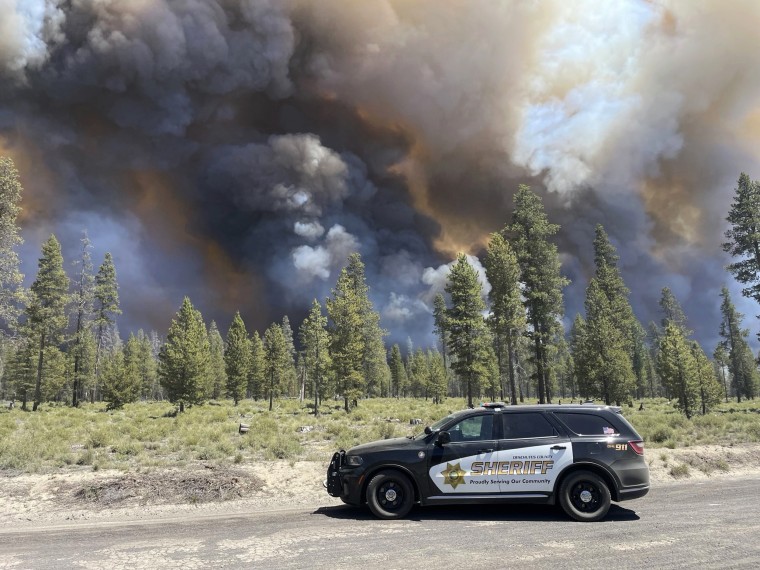 Smoke rises from a wildfire near La Pine, Oregon, on June 25. Kyle Kalambach / Deschutes County Sherriff's Office via AP file
Smoke rises from a wildfire near La Pine, Oregon, on June 25. Kyle Kalambach / Deschutes County Sherriff's Office via AP file Almost 1,600 firefighters are working to contain the 114,000-acre Falls Fire in eastern Oregon, and another 600 were battling the 83,000-acre Lone Rock Fire in the central part of the state, about 40 miles south of the Columbia River. Another blaze — the Cow Valley Fire — has burned more than 130,000 acres near the Oregon-Idaho border.
Meanwhile, a small wildfire ignited by lightning shut down Highway 20 in northern Washington state Thursday. Elsewhere in the state, smoke from the Pioneer Fire, along the eastern shore of Lake Chelan, was making air quality unhealthy in the area.
As of Tuesday, more personnel had been deployed to address wildfires than in any of the past five years, according to National Interagency Fire Center data.
Evan Bush is a science reporter for NBC News.
Chase Cain
Chase Cain is a national climate reporter for NBC News.

 11 months ago
11 months ago
 (200 x 200 px).png)
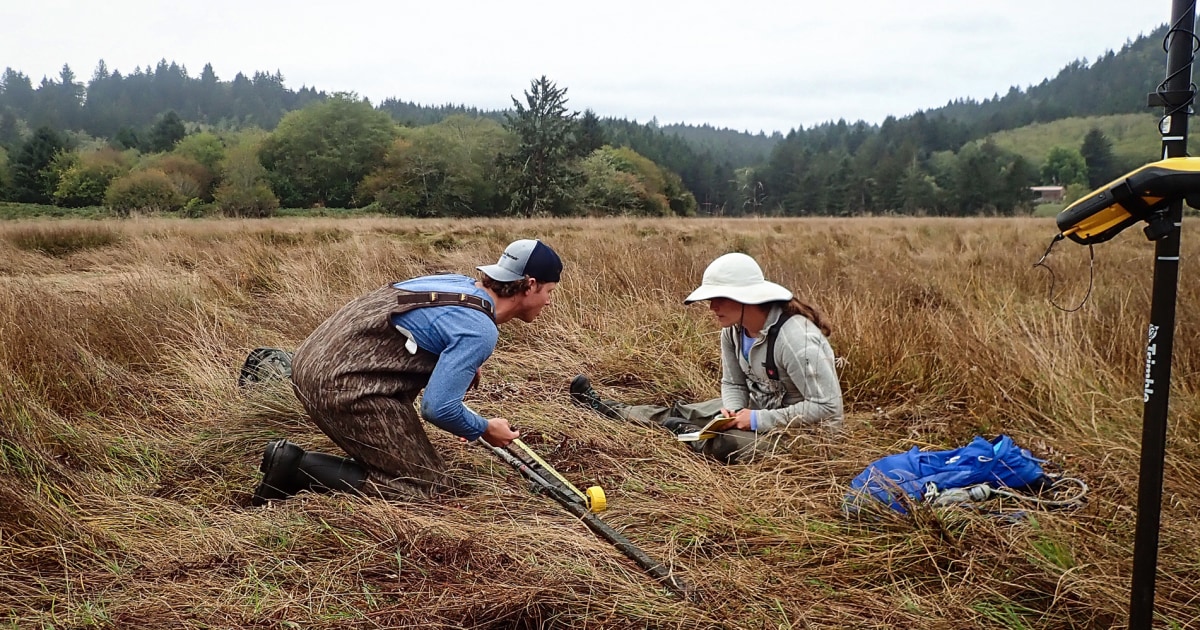

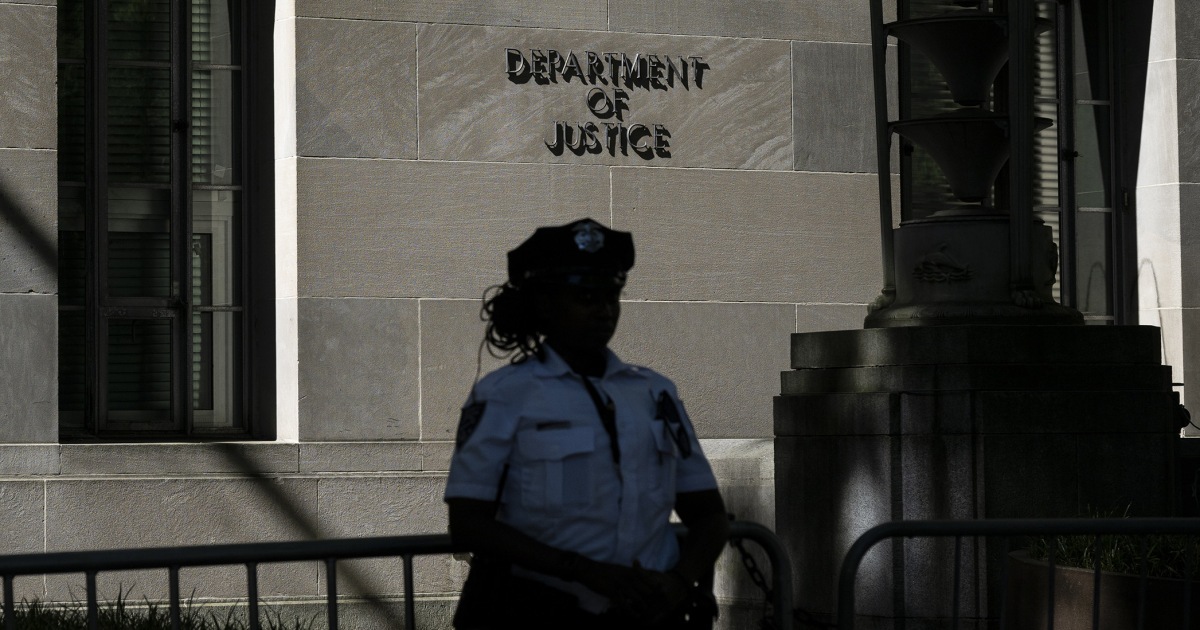
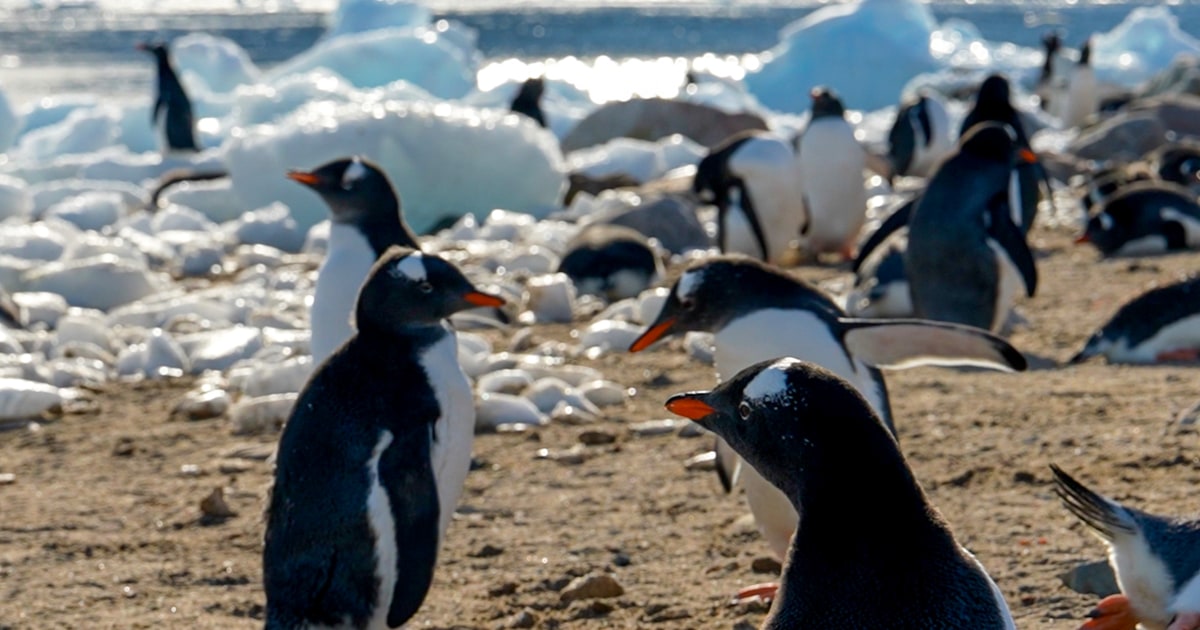




 English (US) ·
English (US) ·